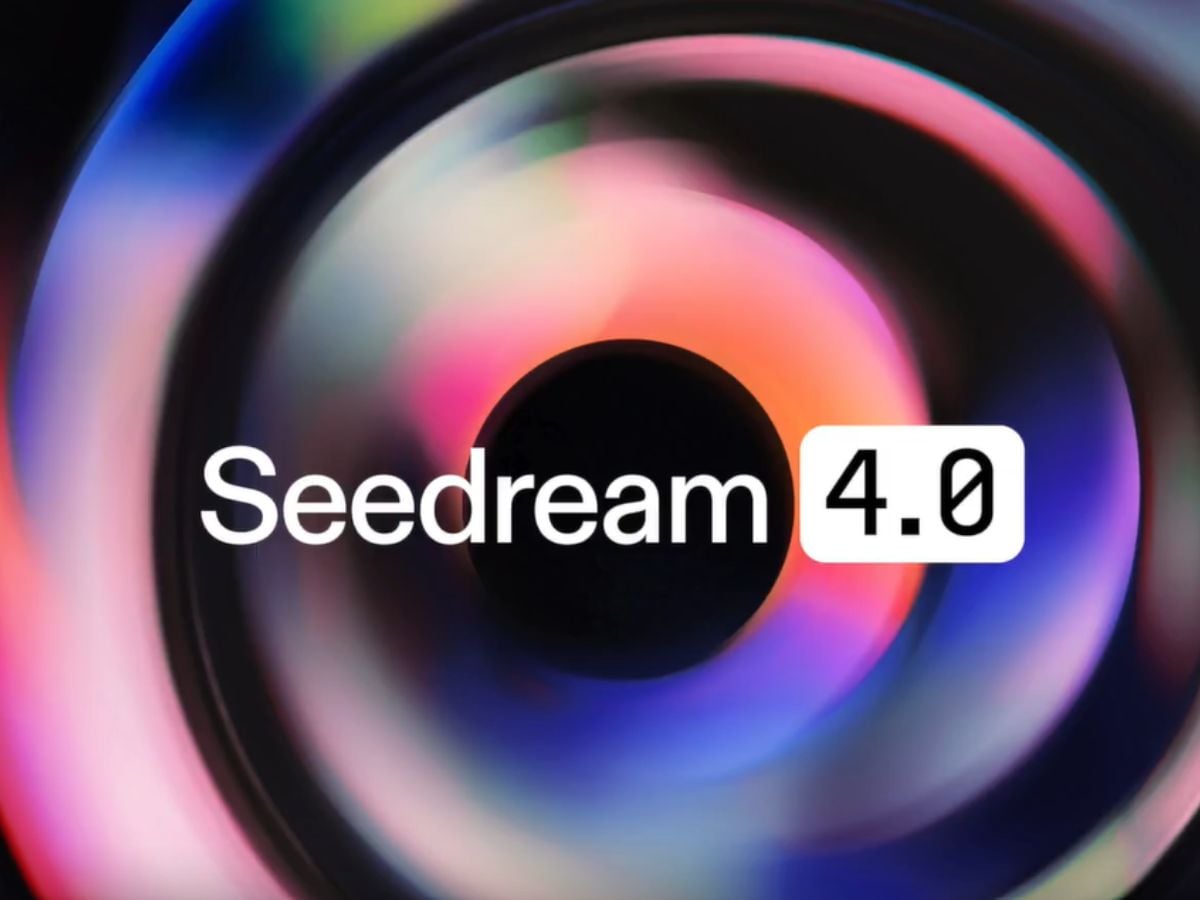Apple had prepared an impeccable global launch for its new iPhone Air. However, China is a market that has decided to wait, marking a contrast to the rest of the world. His total commitment to ESIM now faces a scenario that requires coordination with the operators and the approval of the regulators. What should be a millimeter presentation begins with a stumbling block that exposes the complexity of this movement.
In 2022, Apple marked a turning point in the United States by launching the full range of iPhone 14 without SIM card slot. Outside that country, the models continued to arrive with a physical tray, which made the United States a laboratory for the transition to ESIM. Three years later, the company has taken another step with the iPhone Air: the first model that dispenses with physical sim at the global level. Apple announced on September 9 that the device could be reserved since 12 and would reach stores on September 19 in more than 63 countries and regions.
The total commitment to Esim stumbles in a market as important as complex
Continental China is the only market where the iPhone Air has not been able to comply with the announced calendar. Apple details that only the A35181 model admits ESIM in that country, and that its use is conditioned to the approval of the regulators. To activate the device, customers must go to a store by China Mobile, China Telecom or China Unicom and present an official identity document. The company also clarifies that it is not possible to install ESIM profiles of other operators while the phone is in Chinese territory.
The Asian giant remains a key market for Apple despite recent ups and downs. In 2024, iPhone sales there reached 38.5 million units, with higher average prices than in other countries and a very faithful user base, Accio collects. In the second quarter of 2025, sales grew by 8% year -on -year, the first rebound since 2023, promoted by previous discounts and government aid that favored sales of the iPhone 16E. Even so, Apple occupies the fifth place in market share, behind Huawei, Xiaomi, Vivo and Oppo.

Apple website view in China: original text (above) and automatically translated version with Google Lens (below)
The elimination of the SIM tray not only affects the experience of use: it has also allowed Apple redesign the interior of the iPhone 17 to increase battery size in models sold in the United States. This adjustment translates into greater autonomy with respect to international versions, which maintain the space of the slot. As our applesfera companions, the iPhone 17 Pro and pro max marketed outside that country have They offer two hours less use than their American equivalents. The strategy reflects how the transition to Esim has implications that go beyond connectivity.


The new iPhone Air
While China adjusts its calendar, the rest of the world advances unchanged. Apple confirmed on September 9 that the iPhone Air will be launched on September 19 in more than 63 countries and regions, with open reserves from the 12th. Among the initial markets are Spain, the United States, Japan and Mexico, which reinforces the overall scope of the device. This launch also marks an important step for the massive adoption of the Digital Sim card.

The launch of the iPhone Air in China will now depend on the speed with which the regulators approve the support of ESIM and the capacity of the operators to guarantee a fluid activation. Apple has indicated that it works with the authorities to Start distribution as soon as possibleaccording to Sina Technology. Meanwhile, as we can see in the catches above, the official website maintains the message that “sales information will be updated later”, which leaves buyers waiting. The outcome will mark if this technological transition manages to consolidate without major stumbling.
Images | Apple + Photoshop | Screen capture
In WorldOfSoftware | Movistar Swap is official: all the details of the new program to renew your iPhone











